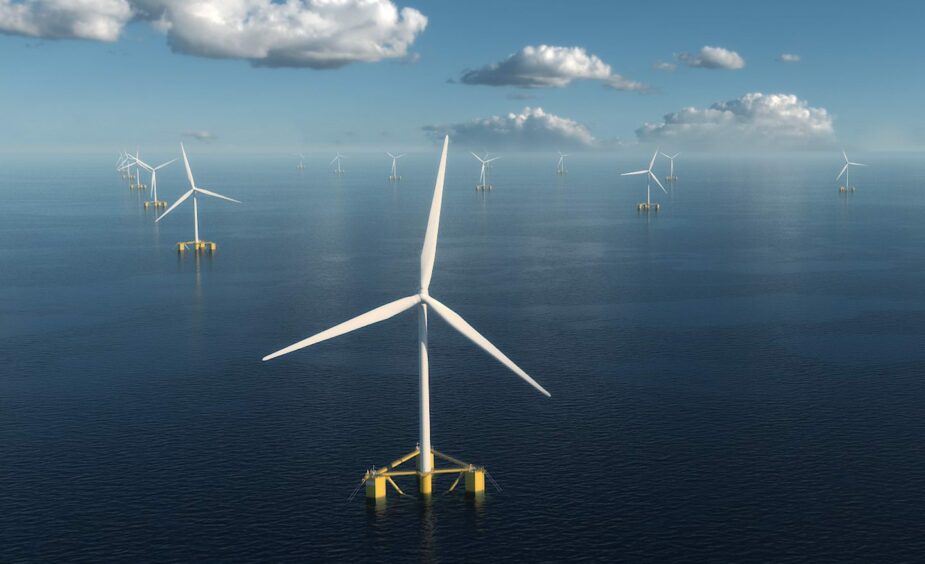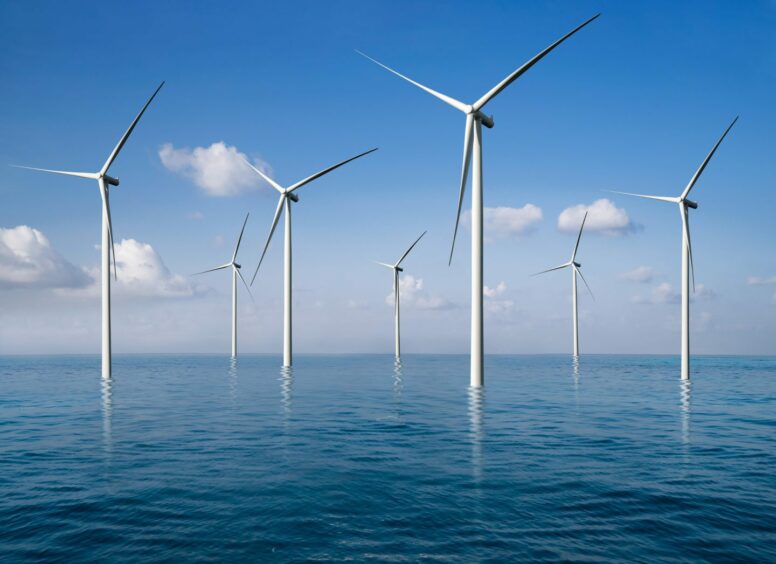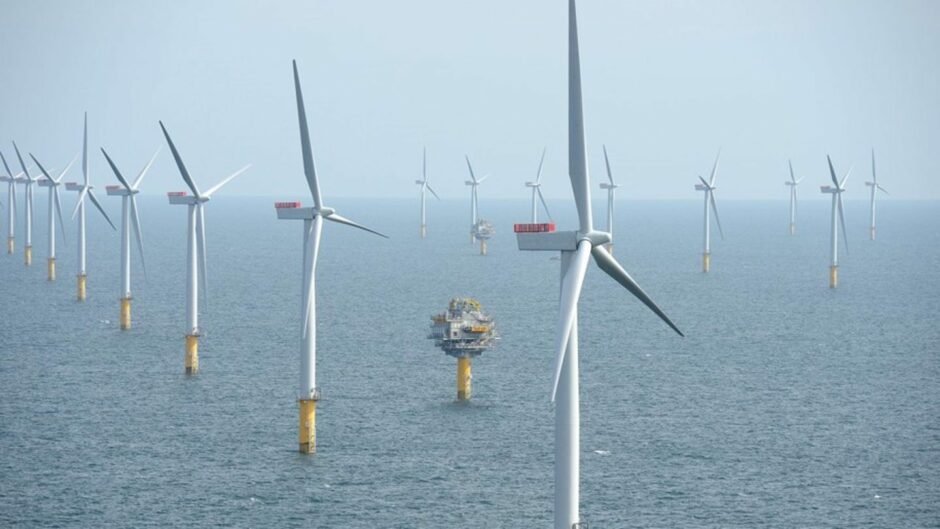
A new forecast has estimated there could be as many as 67,000 people working in floating offshore wind (FOW) in the UK in less than 20 years.
The research from consultancy Opergy, conducted in partnership with the Offshore Renewable Energy Catapult’s Floating Offshore Wind Centre of Excellence (FOW CoE), sets out the key skills and jobs required to develop, deliver, operate, and maintain FOW farms in the UK by 2040.
Using this information, the report future-casts the industry’s people, skills, and vocation requirements needed for a range of deployment scenarios.
Depending on the deployment strategy pursued by the UK, the research finds a need for between 22,000 and 67,000 in the active workforce by 2040, using a High, Base, and Low Case forecast.
It predicts that a low case deployment scenario of more than 18 gigawatts (GW) will require an active workforce of more than 31,000 employed in floating offshore wind by 2040.
Several shortfalls in skills and jobs have been found in Opergy’s report, including development and consenting, project management, electrical and high voltage electrical systems (including cable jointing), and a range of vocations and skills associated with fabrication and advanced manufacturing.
More broadly, there is a shortfall in digital skills across all areas and, to a lesser extent, most engineering disciplines, according to Opergy‘s report.
It comes after a similar skills report from RGU in Aberdeen in May – setting out the jobs prize or loss depending on investment levels in low carbon energy.

The report highlights, the importance of minimising barriers for transitioning skills from the traditional oil and gas sector and military to the floating offshore wind sector, especially in marine operations and maintenance activities.
The study also calls for working closely with existing offshore wind skills programmes to ensure the sector attracts the best young talent alongside drawing in key skills from the military.
Opergy director and one of the authors of the report, Martin Dronfield, said: “The UK is already home to the world’s largest deployment of floating offshore wind and one of the largest offshore wind markets in the world.
“Floating turbines are now being deployed in deeper waters, which unlocks huge new areas for offshore wind deployment around the UK.
“Floating Offshore Wind offers huge opportunities, including supporting the UK in reaching net zero by 2050.
“The scale of the opportunity must not be underestimated. By 2040, we could see over 31,000 active jobs in FOW for a base case deployment scenario of 18GW.
“Whilst it is clear the UK has the potential to be world leaders in FOW, it also highlights that it is vital we address our potential skills shortage in order to achieve this.”
What the industry has to say
Head of floating wind at the offshore renewable energy catapult Ralph Torr commented: “Access to the right skills shall be vital to the success of floating offshore wind in the UK and internationally.
“The UK already has extensive experience in offshore wind and oil and gas.
“Combined, these skills sit at the heart of what we need to deliver floating offshore wind projects.
“However, the deployment of floating offshore wind between 2030 and 2050 is unprecedented in its speed and scale.
“As such, we need to ensure that we play an active role in developing and sharing skills, knowledge and experience.
“We look forward to creating a large, highly skilled and flexible workforce to deliver our offshore energy needs to 2050 and beyond.”
RenewableUK’s deputy chief executive Melanie Onn added: “This report is timely as it highlights the wide range of unique skills needed to enable us to scale up floating wind successfully in the years ahead.
“It shows that there are the gaps in our current workforce which we must address immediately so that we can build up an innovative new industry in the UK, including a vibrant supply chain.
“This will provide opportunities for us to export our goods and services around the world, as we are a global leader in this cutting-edge technology.
“The offshore wind sector as a whole is set to employ 100,000 people by the end of this decade.
“Floating wind has a key role to play in the massive ramping up of capacity we need to stay on track to reach net zero.
“We need all parts of the energy sector to work together to get us there.
“This is why, for example, we’re encouraging workers with transferable skills from the oil and gas sector to bring their valuable expertise to floating wind”.
Recommended for you


 © Supplied by Equinor
© Supplied by Equinor